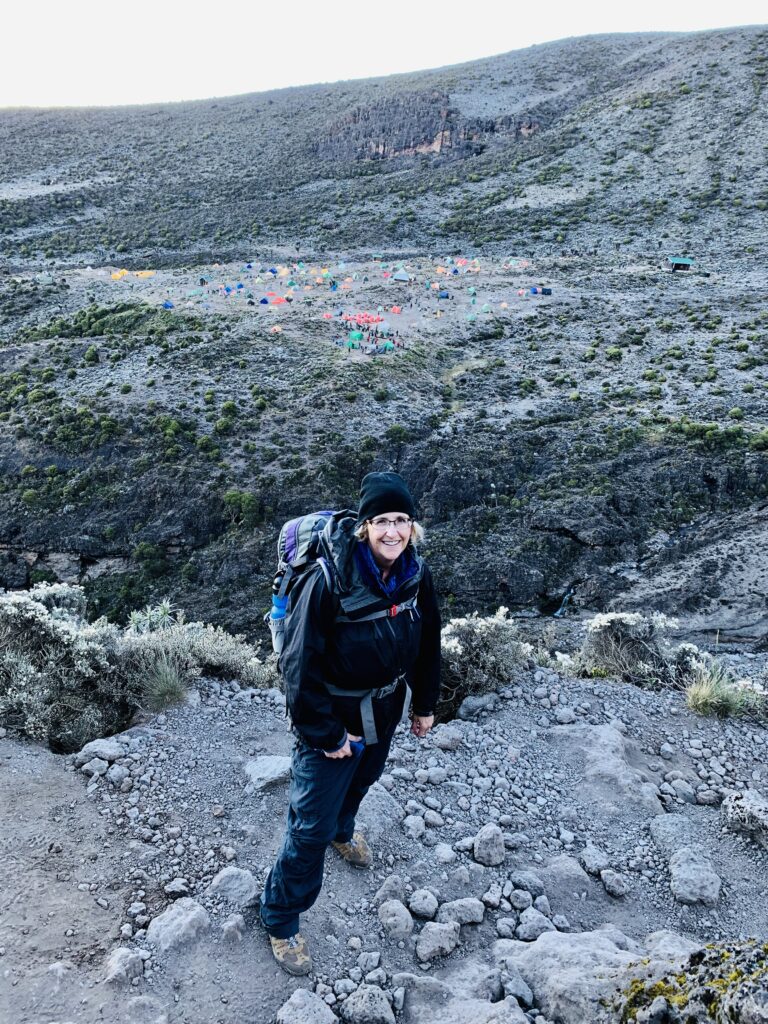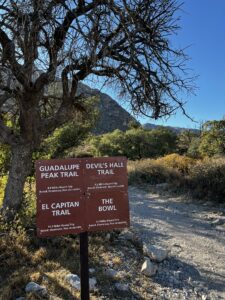Boost Your Cardiovascular Endurance for High-Altitude Hikes (Without Leaving Sea Level!)
Boost Your Cardiovascular Endurance for High-Altitude Hikes (Without Leaving Sea Level!) Are you planning a high-altitude hike or training for a bucket-list trek that’s going to push your limits? Or maybe you just want to improve your cardiovascular endurance so you can actually enjoy your hiking adventures—without getting winded after the first hill. If that’s you, I’ve got a game-changing resource to share. I’ve personally used the Sports Performance course from Oxygen Advantage, and it’s made a noticeable difference in how I perform on the trail—especially at elevation. This course includes high-altitude simulation breathing techniques that help train your body to use oxygen more efficiently. And the best part? You don’t need a mountain to train on. These techniques can be practiced anywhere—at home, at the gym, or even during your walks. Why I Recommend It: Over the years, I’ve trained for some challenging summits, and let me tell you—oxygen efficiency matters. When you’re climbing higher and the air gets thinner, your body has to work harder. That’s where the Oxygen Advantage techniques come in. I’ve used them to: Whether you’re prepping for your next summit or simply want to feel stronger and more capable on every hike, this course is worth looking into. 👉 Check it out here: Oxygen Advantage Sports Performance Course Happy hiking and strong breathing,Melanie Michaelchuk, CPT-NASMCoach • Hiker • Nature Lover




